Scorcese and the Consequences of Capitalism
The movies, Taxi Driver and Goodfellas, take on the philosophy of Capitalism.
Scorcese gives his audiences a first hand look at the toxic effects.
What is Capitalsim?
Adam Smith – the Father of Modern Capitalism
Smith’s philosophy posits that when individuals trade, they value the purchase more than the value they give in exchange for a commodity.
Carl Marx – the Anti-Capitalist
It is generally assumed that Marx was an avid reader and admirer of Smith’s work.
Marx criticized various aspects of Smith’s thought and developed them as part of his theory.
The main difference is that Smith primarily looks backward, sees that things are better than they were, and offers various reforms to improve society.
Marx looks mainly to the future and believes that the future could be so much better than the present and argues for a communist revolution.
Anti-Capitalism Goes to the Movies

Taxi Driver
A mentally unstable veteran works as a nighttime taxi driver in New York City, where the perceived decadence and sleaze fuels his urge for violent action. –IMDB
Year: 1976
Taxi Driver, starring Robert De Niro as Travis Bickle, the wayward psychopathic hero.
Bickle’s thinking is deeply rooted in Capitalism, yet he is totally unfulfilled by money.
He works long hours “anytime, anywhere” and has no problem paying thousands of dollars to an arms dealer.
The scene where his unhappy consumerism can best be seen when he strikes up a conversation with the girl at the concession stand (hits on her).
Unable to initiate a conversation, he buys his way out of the dilemma, requesting a type of candy that “lasts longer.”
He is trying to purchase an idea – something long-lasting.
Something meaningful.
Goodfellas
The story of Henry Hill and his life in the mob, covering his relationship with his wife Karen Hill and his mob partners Jimmy Conway and Tommy DeVito in the Italian-American crime syndicate. –IMDB
Year: 1990
Director: Martin Scorsese
Writers: Nicholas PileggiMartin Scorsese
Starring: Robert DeNiro, Ray Liotta, Joe Pesci
Goodfellas is a movie about how Capitalism structures our labor and our compensation, even affecting our families and relationships.
The film is a comprehensive dissection of the belief that if you get the chance to have a job you love, you’ll never work a day in your life.
Early in the film, Scorces’ protagonists choose work that is thrilling and fun.
Something they love and love doing together.
Though probably illegal and often immoral- their joy becomes contagious, even making the viewer envious.
But, as they age, the fantasy of the Goodfellas gradually becomes a cautionary tale.
Soon the pursuit of money, respect, and belongings became all-consuming.
Reflecting an exercise of exposing events that seem fun, glamorous, and aspirational – by revealing how people who seem wholly unbound by rules end up with lives just as limited as the rest of ours.
Lorraine Bracco’s “Karen” takes us inside and outside the illegal, immoral, and violent work.
In voice-over, she tells Henry, and his friends are “just blue-collar guys, gaming the capitalist system.
In a coarse movie, the boundary between polite society and its criminal underbelly is far too blurred for a simple character.
What are your thoughts?


Go With Yo: Tel Aviv International Student Film Festival
On the Go – Tel Aviv International Student Film Festival #24.
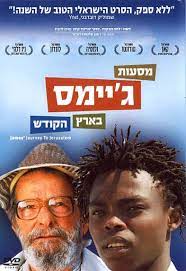
James’ Journey to Jerusalem: A Film Review
Like James, I, too, experienced the disparity between what I hoped to happen and the reality of the experience. For thirteen years, I have been absorbed into this foreign culture – a culture quite different than the one for which my younger self prayed, hoped, and yearned. This Pilgrim refuses to give up. This Pilgrim’s journey continues towards Jerusalem.
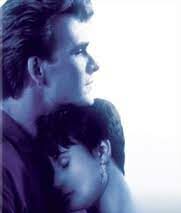
Ghost: A Film Analysis
A breakdown of the tory structure in the movie Ghost based on Save the Cat.
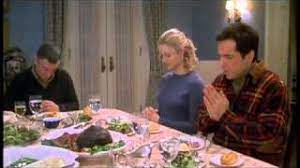
Meet the Parents: A Film Review
The Jewish presence is still a phenomenon in films, despite modernization of society and assimilation. The archetypal Jewish male can be watched at the movies, on television sets, on streamers, on phones, on the internet.
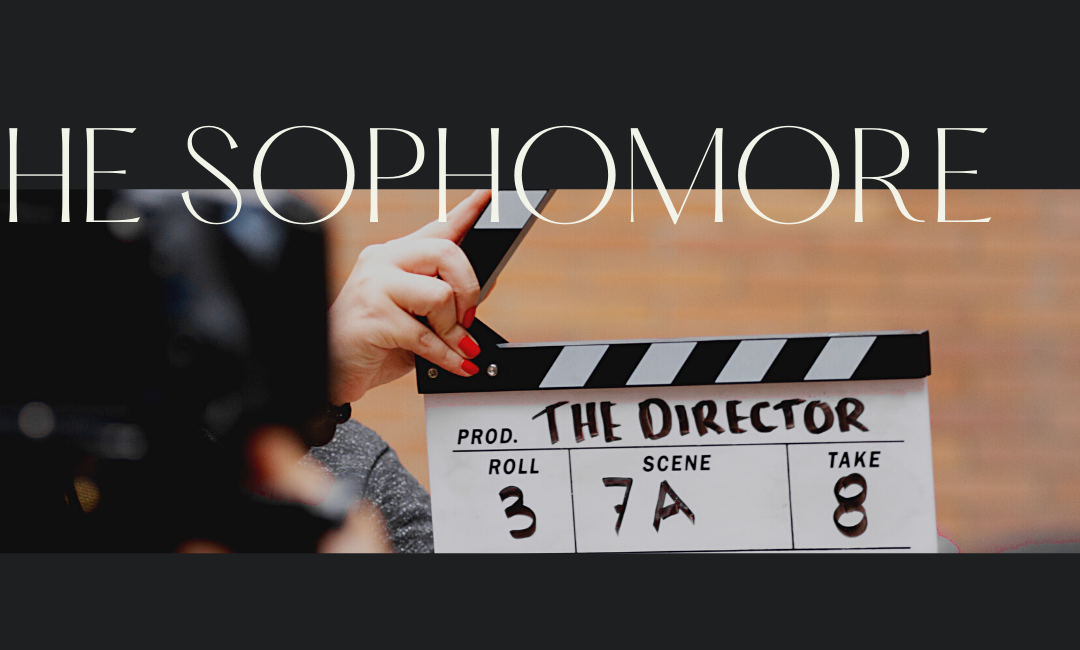
The SOPHOMORE
The SOPHOMORE Old School Year Two is starting. Would I even be able to recognize the Yocheved that signed up for a four-year film school degree, with a focus on production, all in Hebrew, without reading the fine print – yes, it is all in Hebrew. But, what...
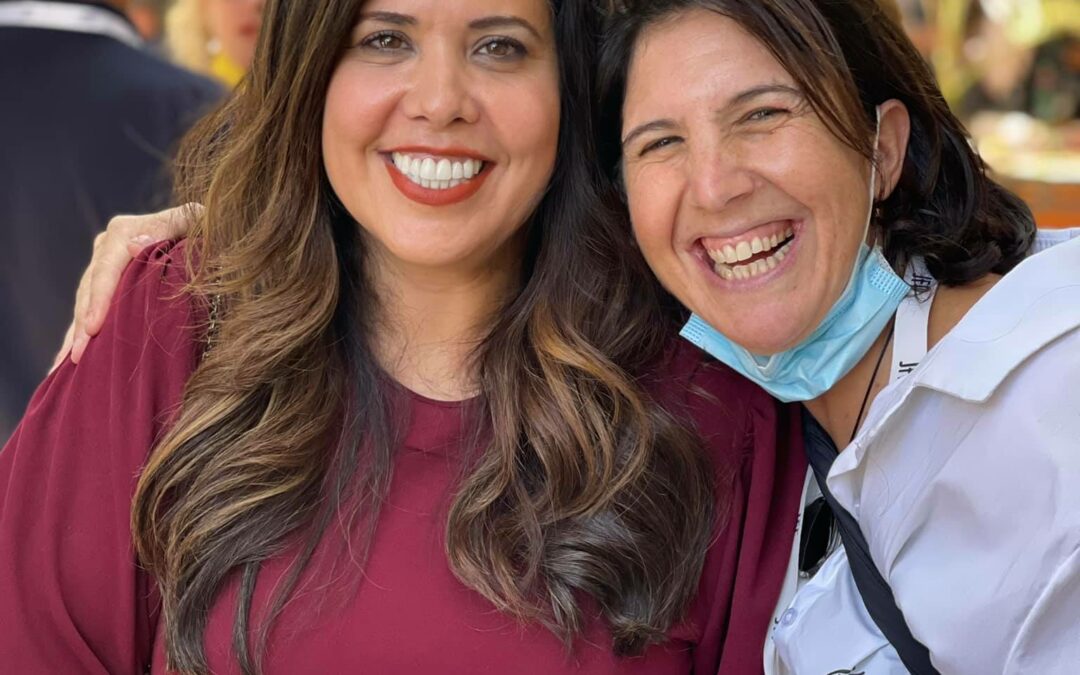
Eishet Chayil – A Woman’s Perspective
Meet Esty Bitton Shushan the subject of this fascinating new documentary Eshet Chayil. Premiering at the Jerusalem Film Festival.

In Jerusalem with Tarantino
Welcome to Jerusalem – Quentin Tarantino!

Tel Aviv Documentary Film Festival
That’s a wrap! Watched and chatted with Yael Bartana about her newest work Two Minutes to Midnight. Learned the secrets of documentary and the breakdown of the fourth wall from Director Marc Isaacs. Check out his latest film – The Filmaker’s House....

Shout Out to Davira
Shout Out To Davira Returning from the mountains on Simchat Torah, I ran into Davira Reichman Bareli, my yoga teacher. Standing ten feet apart, wearing masks, we managed to catch up. How are you? She said. I’m actually very good — just missing your class. I answered...

Sundance: Monday
Sunrise with Rocky Monday, October 12 Givot Dromiot Givat Dromiot Sunrise: 6:41 am Recent Posts View All Posts Don't Miss a Beat! Success! Email Subscribe...

Go With Yo: Tel Aviv International Student Film Festival
On the Go – Tel Aviv International Student Film Festival #24.

James’ Journey to Jerusalem: A Film Review
Like James, I, too, experienced the disparity between what I hoped to happen and the reality of the experience. For thirteen years, I have been absorbed into this foreign culture – a culture quite different than the one for which my younger self prayed, hoped, and yearned. This Pilgrim refuses to give up. This Pilgrim’s journey continues towards Jerusalem.

Ghost: A Film Analysis
A breakdown of the tory structure in the movie Ghost based on Save the Cat.

Meet the Parents: A Film Review
The Jewish presence is still a phenomenon in films, despite modernization of society and assimilation. The archetypal Jewish male can be watched at the movies, on television sets, on streamers, on phones, on the internet.

The SOPHOMORE
The SOPHOMORE Old School Year Two is starting. Would I even be able to recognize the Yocheved that signed up for a four-year film school degree, with a focus on production, all in Hebrew, without reading the fine print – yes, it is all in Hebrew. But, what...

Eishet Chayil – A Woman’s Perspective
Meet Esty Bitton Shushan the subject of this fascinating new documentary Eshet Chayil. Premiering at the Jerusalem Film Festival.

In Jerusalem with Tarantino
Welcome to Jerusalem – Quentin Tarantino!

Tel Aviv Documentary Film Festival
That’s a wrap! Watched and chatted with Yael Bartana about her newest work Two Minutes to Midnight. Learned the secrets of documentary and the breakdown of the fourth wall from Director Marc Isaacs. Check out his latest film – The Filmaker’s House....

Shout Out to Davira
Shout Out To Davira Returning from the mountains on Simchat Torah, I ran into Davira Reichman Bareli, my yoga teacher. Standing ten feet apart, wearing masks, we managed to catch up. How are you? She said. I’m actually very good — just missing your class. I answered...

Sundance: Monday
Sunrise with Rocky Monday, October 12 Givot Dromiot Givat Dromiot Sunrise: 6:41 am Recent Posts View All Posts Don't Miss a Beat! Success! Email Subscribe...
No Results Found
The page you requested could not be found. Try refining your search, or use the navigation above to locate the post.



